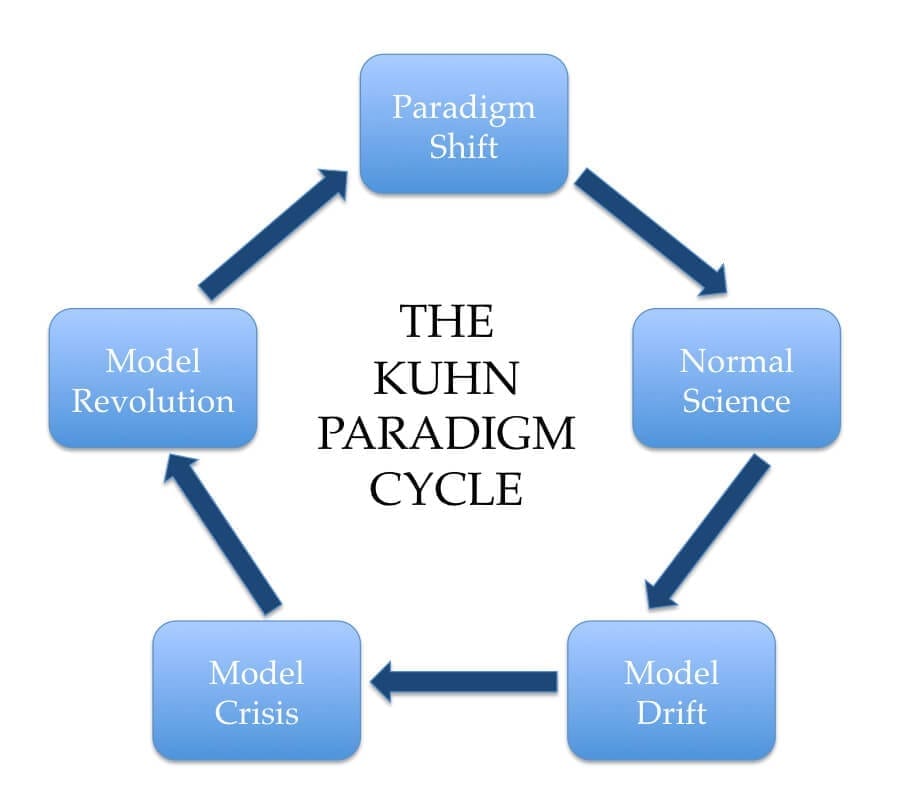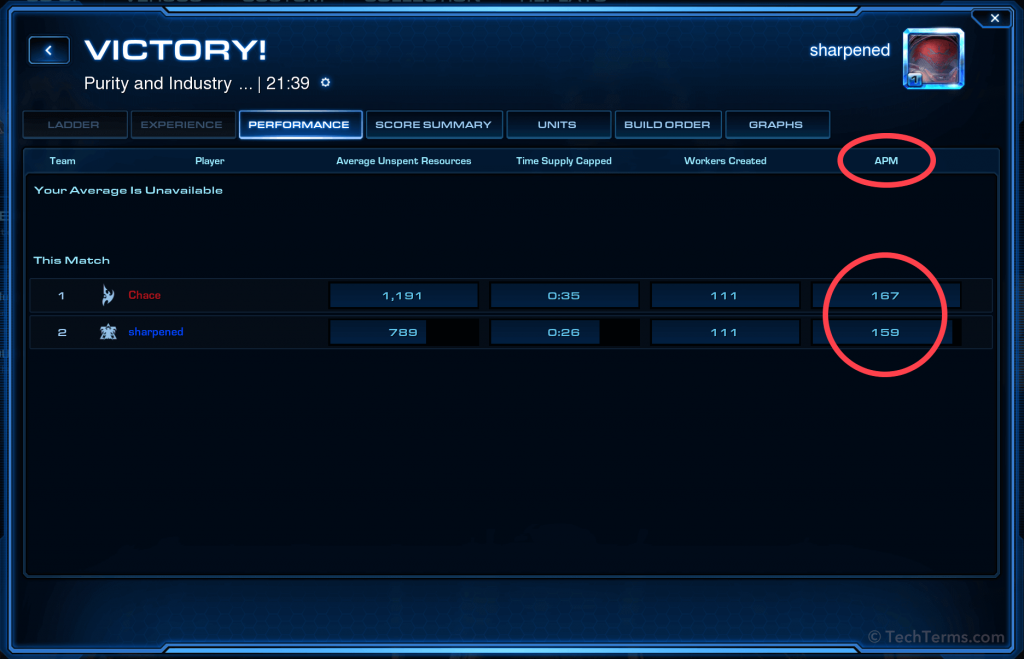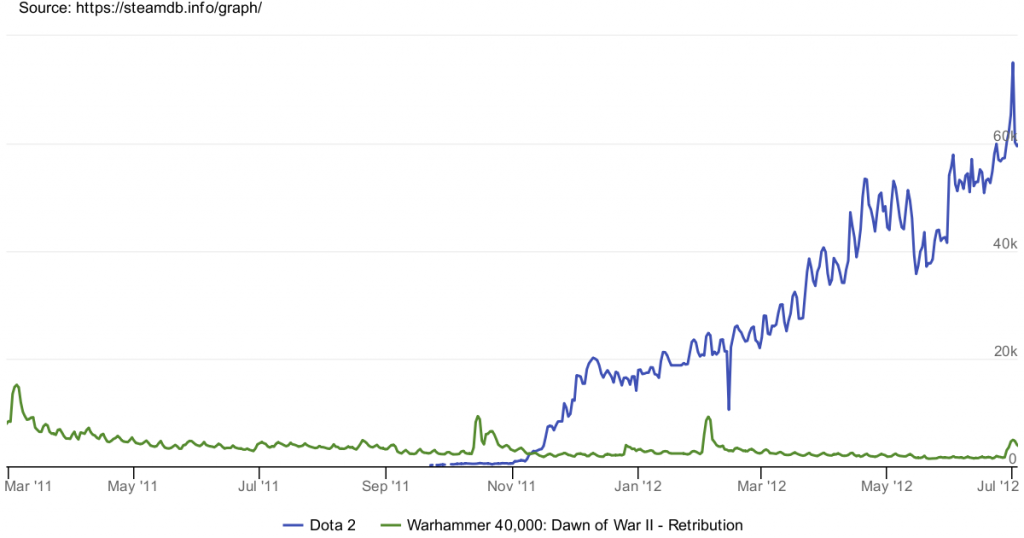
Modern live-service games have self-segmented in genres: match-3, 4x, collection RPG, battle royale, etc. We know these genres evolve and start to incorporate new mechanics. Over time, these mechanics become standard genre fare. For example, invest-n-express titles like Gardenscapes are an outgrowth of the match-3 genre, adding collection mechanics to the core match base. In HD, we’ve seen innovations like Apex Legends’ revive mechanic modified in Warzone’s Gulag – players fight for revival in a 1v1 mosh pit. But how could we better understand why game genres change rather than simply observing them change? I argue Thomas Kuhn can help.
From the Stanford Encyclopedia of Philosophy:
Thomas Samuel Kuhn (1922–1996) is one of the most influential philosophers of science of the twentieth century, perhaps the most influential. His 1962 book The Structure of Scientific Revolutions is one of the most cited academic books of all time. Kuhn’s contribution to the philosophy of science marked not only a break with several key positivist doctrines, but also inaugurated a new style of philosophy of science that brought it closer to the history of science.
Kuhn’s task in the Structure of Scientific Revolutions is to explain the process of scientific change. He proposes that at a given time, in a given field, there exists a “paradigm.” Paradigms serve two functions: a framework for asking questions and the tools to solve them. It’s helpful to think of genres in the same way: they are frameworks for answering key questions to engage a particular Bartle-type. MMOs have different mechanics and frameworks to engage MMO players, whereas match-3 games have their mechanics to engage match-3 players. But that’s a levels explanation, not a change explanation. We still need to explain why paradigms would shift or change.

Paradigms shift when the current paradigm cannot sufficiently account for key emerging questions. The complete and utter destruction of the RTS genre to MOBAs serves as a case study. Consider the RTS genre to answer the following question: what mechanics do I use to create deep and long-session strategic gameplay?
Company of Heroes and Starcraft certainly had answers, but MOBAs challenged those answers. Are complex multi-unit controls necessary to create that sort of gameplay? MOBAs told us that, no, multi-unit controls are not required. Can teamwork create more profound strategic experiences ever? Yes, says MOBAs.

It’s too perfect a parable when we further consider that MOBAs were an extension of RTS to begin with. The original DOTA or Defense of the Ancients was a Warcraft III mod, and this is the exact type of model drift Kuhn describes.
Next, Kuhn would predict, comes a model crisis. As MOBAs started to siphon players from RTS, the genre had a chance to strike back and incorporate these elements. From a Kuhnian perspective, failure to do so would result in its death, yet incorporation was attempted and resoundingly rejected. Dawn of War III tried to add strong hero units with deep in-session progression. Relic misunderstood the questions MOBAs were trying to answer and copied the wrong elements. Perhaps more importantly, RTS never had a full free-to-play answer; Starcraft was too little too late. Kuhn would call the period of conflict “revolutionary science” and the MOBA victory a paradigm shift.
Dawn of War II and DOTA 2 Steam PSU

However, it’s not always the case that incorporation will fail. Hearthstone rapidly created Battlegrounds to repel the threat of Auto-Battlers. It seems to have worked, but the lack of monetization in Battlegrounds leads to year-over-year revenue declines.
The Kuhnian model suggests framing a given game under a “game theory.” What is the game trying to answer in the genre it’s fighting in? What are the existing answers (if any)? Why is it worth answering? It’s instrumental for teams to consider these questions. Generally, pitches I’ve seen describe the game’s vision rather than the game as a back and forth conversation with market participants.
Tech has had a better understanding of the paradigm process. The near frictionless mass distribution of software means the paradigm process moves at light speed. Clubhouse generated huge mindshare, now everyone from Slack to Linkedin is trying their hand at audio. We saw the same movement with “stories,” an original Snapshot feature copied by Instagram and Twitter. Time will tell if their incorporation process answers the same questions Clubhouse has.
In the 60+ years since The Structure of Scientific Revolutions, philosophers of science have challenged a good deal of Kuhn’s original ideas. Despite this, Kuhn provides a rich model for why some game genres live and others die.